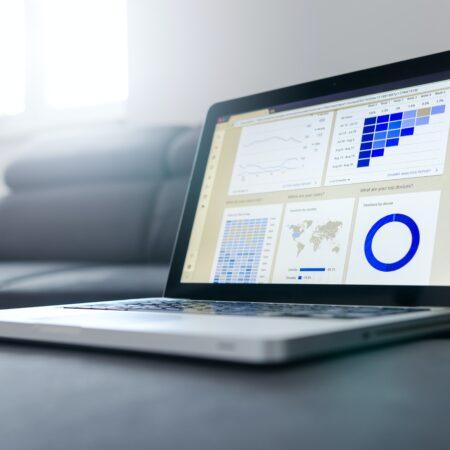On March 3, Google posted via the Google Ads blog that they will be phasing out third-party tracking cookies. Other identifiers will not be created to track individuals as they are online.
Why are they doing this?
Increasing privacy regulations will result in escalated pressure on 3rd party cookie tracking. Google is likely making this move for the following reasons:
- They want to minimize risk and exposure to future privacy regulations, lawsuits, and scrutiny
- To differentiate their ad network from the rising prominence of programmatic display networks and ad exchanges which are becoming more accessible through platforms like The Trade Desk
- Google owns enough 1st party data and a major internet browser (Chrome). This provides them a unique advantage where they can own the data collection ecosystem to mitigate any impact on their business.
What does this mean for you as a business?
Advertisers with dependencies on 3rd party data will need to find new ways of targeting and reaching their best customers. First party data collection will become critical and should be integral in digital marketing efforts. Strategies around data will matter more than ever, as Google continues to make their walled garden more powerful and not surprisingly, much of this valuable data lives within their walls.
Google plans to use something called a Federated Learning of Cohorts (FLoC) where groups of users around common interests will be targeted. A user’s web activity is still going to be gathered, but it will happen within Google’s Chrome browser instead of on Google’s servers. Groups will be created from many anonymous individual data points and will be shared with websites and advertisers at a holistic group level versus individual targeting.
Google has tons of first-party data and this will be leveraged for many targeting options (but now with a little less unique identifiers). Our Digital Economists anticipate audience-based targeting to initially be negatively impacted due to audience sizes being reduced until the first-party data volumes get to third-party cookie volume. In the meantime, we anticipate greater emphasis on contextual targeting.
Pairing Google’s platform with in-house first party data collection from businesses will be essential for hitting growth targets. We are monitoring the advertising landscape to incorporate effective strategies for this future ecosystem.
![]()
What Next?
Here are three areas to get you ready for the evolving digital space:
Increase First Party Data Strategies
- Many users will not be ready to make a commitment when they first interact with your brand. Building a system of touchpoints to slowly build your audience pool is key.
- Have you ever used an email promotion such as “get 10% off your next purchase”? This is a classic retail first party data strategy. Other strategies include white paper downloads, provide an email to additional content, and striped down free version of a product to trial.
Tie in Down Funnel Metrics to Feed the Algorithms
- As you have less specific targeting, it will continue to be more important to provide strong signals to ad platforms. Integrating down funnel metrics like closed deals, sales pipeline, and various audience pools will help the algorithms “learn” faster and will improve KPIs.
Dial In of Conversion Rate Optimization
- Strategies to grow your first party data will be increasingly important. CRO can help you increase interactions with your target audience to build your arsenal of first party data for further marketing efforts.
- Additionally, it will open up additional revenue streams through a/b testing to stay ahead of the competition and collect profitable signals faster.






